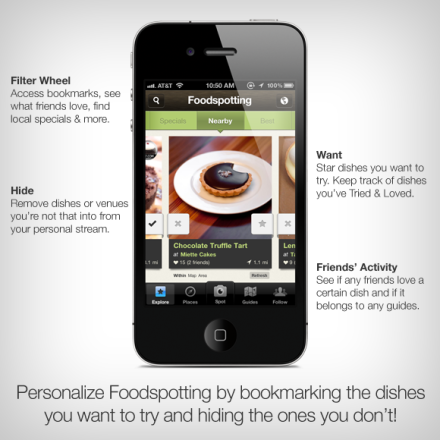 Since the inception of Facebook, Mark Zuckerberg was never keen on advertising. In an earlier version of the site, the statement, “We don’t like these either but they pay the bills“ was clearly inscribed below the ad units that appeared. His focus was on improving the product, the user experience, and growing the user base with a firm belief that ‘his baby’ was going to change the world, making it ‘more open’. After all, before Facebook, people had never so readily shared such personal information on such a large scale.
Since the inception of Facebook, Mark Zuckerberg was never keen on advertising. In an earlier version of the site, the statement, “We don’t like these either but they pay the bills“ was clearly inscribed below the ad units that appeared. His focus was on improving the product, the user experience, and growing the user base with a firm belief that ‘his baby’ was going to change the world, making it ‘more open’. After all, before Facebook, people had never so readily shared such personal information on such a large scale.
Right now, Facebook is trading just over half its IPO price. Analysts who took a skeptical position about the company pre-IPO probably feel vindicated. It’s true the company has yet to prove sustainable mobile revenue-generating methods or come up with alternate revenue routes to justify its valuation. But, this unrelenting pressure – now that it is a public company – won’t be eased by tactical moves, like increasing micro-targeted sponsored stories that crowd the newsfeed. However, with the right revenue strategies, the company may not have to rely on advertising on its site alone in years to come.
Well on its way to replacing the breakfast newspaper, especially with its addictive qualities, Facebook is rapidly amassing the most comprehensive records of human interactions. While marketers and consultants can incessantly debate the value of ‘likes’ and their likelihood in increasing sales, in Facebook’s arsenal, the ‘Like‘ and ‘Connect‘ buttons are two silver bullets, inaudibly collecting data from user actions even outside its boundary.
Sitting on mountains of data related to users’ favored restaurants, places, movies, artists, apps, navigation, and link sharing patterns – aggregated from close to a billion users across the world – scientists at Facebook are currently probing and structuring the basic patterns and motivations of human behavior at an individual and group level. At present, efforts focus on understanding the correlations between a person’s future actions and past communication with friends and networks. Besides perfecting ad targeting capabilities with these correlations, the data can also help Facebook construct accurate user personas and make useful predictions about links between the open graph and buyer behavior.
Facebook Connect can link user journeys across websites and applications when used as an authentication service. For instance, content and information accessed most often by someone via social readers, news and personal interest websites using ‘Connect’ can reveal powerful insights on his/her interests or affiliations and be put to good use beyond just advertising.
Assuming strict privacy safeguards are in place, policy, and product design decisions through intelligent mining and modeling of this data can reduce logical inconsistencies that arise in decision making. Seen from this perspective if Facebook were to institute a consultancy arm, it could be a rich source of intelligence and a profitable venture serving top research organizations, consultants groups, scenario planners, and policymakers the world over.
One area speculation is the possibility of an ad serving and retargeting business. With the internet of things a likely reality in the near future, coupled with the intelligence drawn from ‘Connect’, the Open Graph could one day link to your appliances, DVR player, cars, even services and associations you are in or are likely to join. This would further sharpen Facebook’s targeting capabilities outside the platform. Revenue sharing from these targeted ads on other sites is core to the ‘Connect’ strategy and could account for a substantial portion of the overall revenue pie; even growing it all together.
E-commerce is another revenue stream that could gain momentum in the years to come. Currently, payments constitute 15% of the company’s revenue, almost all of it for virtual in-game purchases. Having recently ended the mandatory use of Facebook credits, developers are now able to charge users on a subscription basis in local currency compared to the previous one-time payment through ‘Facebook Credits’, making way for a steady recurring revenue stream for both parties.
In the future, we can expect Facebook payments to be made available for purchasing a host of physical and digital entertainment products, as well as services. Carrier billing for mobile purchases is just the first step. Don’t be surprised if someday soon you are able to reload your prepaid cell phone or pay your monthly Hulu subscription via Facebook. Services like these and many more will make it possible for the company to morph into a dynamic social commerce platform in the years to come. They’ve already received payment licenses in 15 states and are pursuing them in others.
Right now, Facebook is subject to investor scorn, and the sentimentality and emotion of the markets. A well-crafted strategy with milestones that can soothe investor heartburn is required. And loads of cash currently at its disposal is more than enough capital to accelerate initiatives under newer revenue streams.
This piece was originally published in Flip the media on Sept 17th 2012
